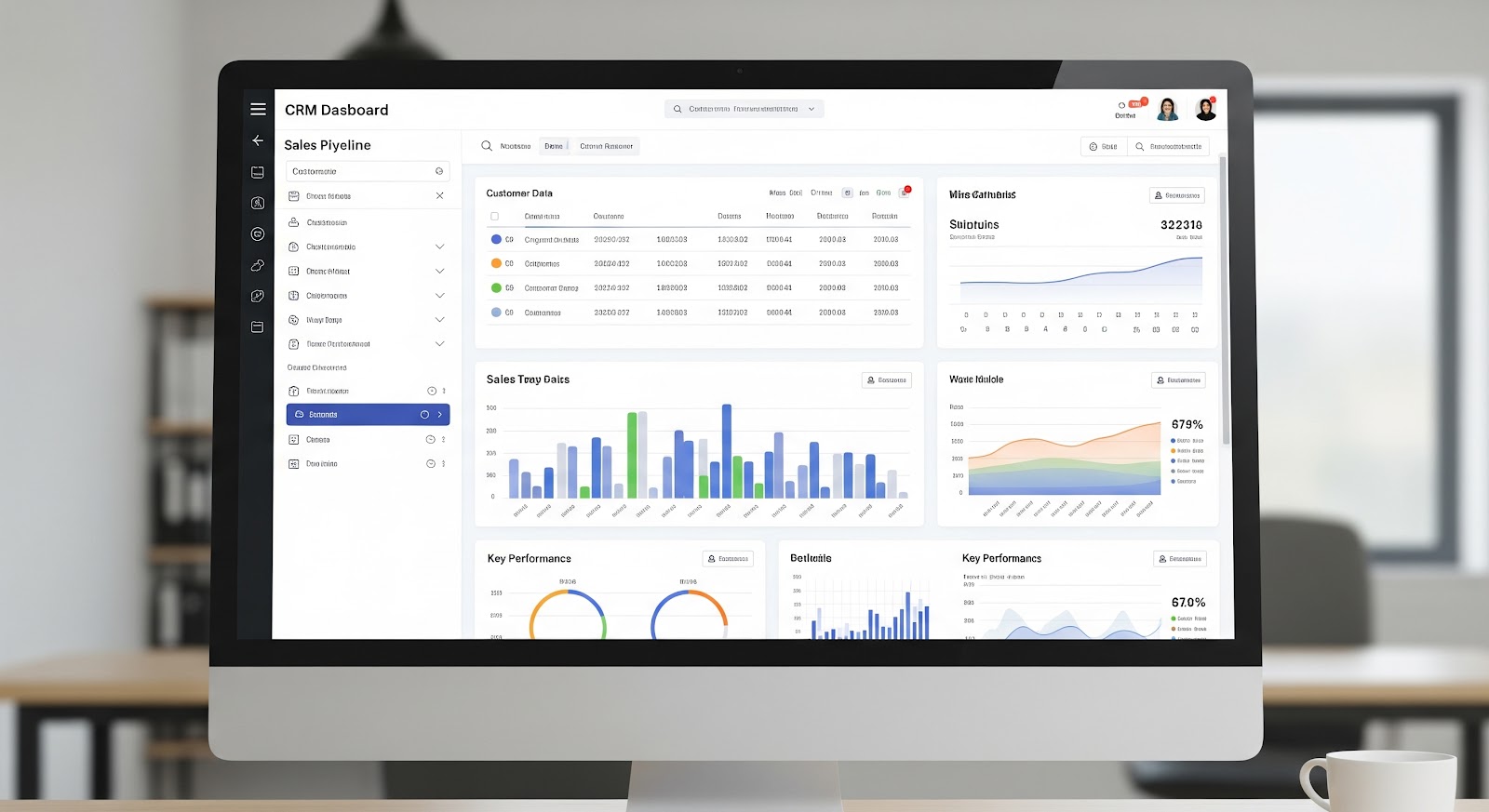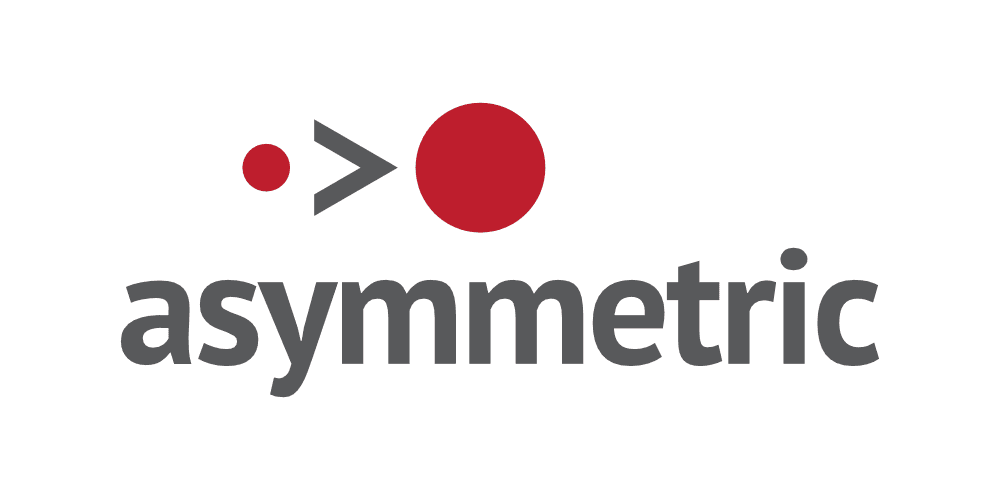Adopting a CRM system (Customer Relationship Management) can unlock powerful benefits for your business, from streamlined processes to stronger customer relationships and increased revenue. Over time, CRM systems have become essential business tools, offering advanced features that drive growth and improve customer engagement. However, a successful CRM implementation requires a clear plan, resources, and whole team alignment, like any primary business tool. Structured CRM implementations are crucial, as careful planning and execution help ensure the deployment meets your business goals and delivers lasting value.
Here’s your ultimate guide to the CRM implementation steps that matter most, along with expert tips to ensure a smooth and efficient rollout.
Why CRM Implementation Steps Matters

Whether upgrading from spreadsheets or replacing outdated software, a new CRM system will only succeed if it supports your business processes, empowers your sales team, and improves customer data management. It’s essential to follow a structured approach to implement a CRM system to maximize results, ensuring careful planning, strategy, and execution.
A thoughtful implementation process helps avoid common pitfalls, such as low user adoption rates, poor data migration, or disconnected workflows. It also lays the groundwork for successful implementation, leading to long-term customer satisfaction, retention, and revenue growth.
Define Business Needs and CRM Goals
Start by clearly identifying your business needs. What do you want your CRM software to accomplish?
- Improve sales tracking and pipeline visibility
- Centralized contact management
- Enhance customer interactions across channels
- Optimize lead management and nurturing
- Support customer retention efforts
- Evaluate essential features that align with your business requirements when considering CRM options.
This vision will shape the entire CRM implementation process, from selecting the right system to training your team. Choosing CRM solutions that align with your defined goals and requirements is essential to ensuring successful adoption and measurable business benefits.
Pre-Implementation Planning

Before diving into the technical aspects of CRM implementation, it’s essential to lay a firm foundation with thorough pre-implementation planning. This stage sets the tone for the entire CRM implementation process and helps ensure your new CRM system delivers real business value.
Start by clearly defining the project scope—what are the boundaries, deliverables, and success criteria for your CRM implementation project? Identify key stakeholders across your organization, including sales, marketing, customer service, and IT, to ensure all perspectives are considered. Establish a detailed project timeline with milestones and responsibilities, so everyone knows what to expect and when.
During this phase, closely examine your existing business processes and pinpoint areas that could benefit from improvement or automation. Consider how your new CRM will integrate with existing systems, such as email platforms, marketing tools, or ERP solutions, to create a seamless workflow. Evaluate your current customer relationship management (CRM) processes and look for opportunities to enhance customer interactions and boost customer satisfaction.
By investing time in pre-implementation planning, you set your CRM implementation up for success, ensuring your new CRM system aligns with your business goals, supports your team, and delivers a successful CRM outcome.
Assemble a Strong CRM Implementation Team
A successful CRM implementation project relies on collaboration. Form a dedicated project team including:
- A project manager to oversee timelines and accountability
- Key stakeholders from sales, marketing, and customer support
- A sales manager will provide input on lead management and promote user adoption.
- IT or technical leads to handle integrations
- A data analyst (if available) for reporting and CRM data insights
Ensure your implementation team encourages open communication throughout the process and includes feedback from potential CRM users early on.
Audit Current Business Processes
Before introducing a new system, assess your current business processes. Identify what’s working and outdated, and where technology could enhance performance. As part of your audit, pay special attention to tracking customer interactions to identify areas for improvement.
This is also the time to review your existing customer data for quality, consistency, and completeness, and to prepare to migrate data by cleaning and organizing it before beginning data migration.
Select the Right CRM Platform

Every organization’s needs differ. Compare CRM platforms based on:
- Ease of use and user interface
- Integration with your other business tools
- Robust customer relationship management CRM features
- Scalability and support for future upgrades
- Industry relevance (e.g., Salesforce CRM, HubSpot, Zoho, Pipedrive)
Ensure the CRM solution matches your team’s day-to-day needs and long-term goals.
Customize for Your Business
Once you’ve selected your CRM provider, it’s time to configure your CRM processes. Consider:
- Defining pipelines and sales process stages
- Setting up automation for follow-ups and reminders
- Tagging or segmenting contacts based on customer interactions
- Aligning dashboards with your implementation strategy and KPIs
To effectively implement CRM, tailor configurations and automations to your business needs.
Tailoring your CRM to your business outcomes is crucial for effective adoption.
Plan and Execute Data Migration

One of the riskiest steps is transferring customer data into your new CRM. To avoid issues:
- Clean and deduplicate contacts
- Map fields between platforms
- Test imports before full launch
- Back up critical information
- Track any errors during the CRM journey
Accurate, organized data builds trust with your CRM users and supports more intelligent data management.
Launch User Training and Support
Even the best CRM application fails without user adoption. Provide clear, role-specific training and ongoing support:
- Host hands-on workshops and offer step-by-step documentation
- Use a digital adoption platform for in-app guidance
- Collect user feedback early and often
- Ensure training covers the software’s features and how to use them to support business processes.
Ongoing coaching reduces friction and builds confidence in the system, especially for sales reps, by helping them leverage automations and integrations to streamline their tasks.
Implementation Testing and Quality Assurance
Once your new CRM system is configured and your data is migrated, it’s time to focus on implementation testing and quality assurance. This critical phase of the CRM implementation process ensures that your CRM system is ready for real-world use and that unexpected issues won’t disrupt your business operations.
Begin with user acceptance testing (UAT), where actual CRM users validate that the system meets their needs and supports their daily workflows. Conduct system integration testing to confirm that the new CRM works smoothly with your existing systems and business tools. Performance testing ensures the CRM can handle your company’s data volume and user activity without slowdowns or errors.
Don’t overlook data migration testing—verify that all existing customer data has been wholly and accurately transferred to the new CRM. Check for missing fields, formatting issues, or data mismatches that could impact your team’s ability to serve customers.
A comprehensive testing and quality assurance process helps you catch and resolve issues before your CRM system goes live, ensuring a smooth transition and building confidence among your CRM users.
Monitor, Adjust, and Improve
After launch, the CRM implementation process is far from over. Projects fail when ongoing monitoring and adjustments are neglected, so it's essential to track progress and make continuous improvements to ensure success:
- Monitor user adoption rates and usage patterns
- Analyze metrics like sales velocity, customer loyalty, and conversion
- Revisit workflows as your team evolves
- Use feedback to make continuous improvements
A successful CRM grows and adapts with your business.
Best Practices for CRM Implementation

Achieving a successful CRM implementation requires more than following a checklist—it’s about adopting best practices that drive real business results. Start by setting clear business objectives and ensuring your CRM implementation project is tightly aligned with these goals. This ensures that your CRM system delivers measurable value to your sales teams and the wider organization.
Engage key stakeholders early and often, including sales teams, customer service representatives, and IT staff. Their input is invaluable for tailoring the CRM system to your company’s unique needs and ensuring high user adoption rates. Comprehensive user training is another cornerstone of effective CRM implementation—equip your team with the knowledge and support they need to make the most of the new system.
Monitor user adoption rates and customer satisfaction metrics regularly to gauge the effectiveness of your CRM implementation. Use this data to identify areas for improvement and ensure your CRM system continues to meet evolving business needs. By following these best practices, you’ll maximize the return on your CRM investment and set your business up for long-term success.
Common Pitfalls to Avoid
Don’t let your CRM rollout become one of the projects that fail. Avoid these common mistakes:
- Ignoring your team’s needs and feedback
- Skipping planning or rushing through implementation steps
- Failing to document existing processes or align them with the new CRM system
- Delaying user training until after launch
- Not having a dedicated team or project owner
The CRM Journey: What Comes Next?
Implementing a new CRM system is just the beginning of your customer relationship management journey. To achieve a successful implementation, it is essential to view the journey as an ongoing evaluation, adaptation, and growth process.
After your new CRM system is live, continue to monitor its performance and gather user feedback to identify opportunities for improvement. This might mean refining business processes, updating the CRM’s configuration, or providing additional user training to boost adoption and efficiency. Your CRM system should evolve as your business grows—integrate new systems, add custom fields, or roll out new features to support changing business needs.
Leverage a digital adoption platform to help users get the most out of your CRM and to streamline onboarding for new team members. By embracing continuous improvement and staying responsive to user input, you’ll foster customer loyalty, drive revenue growth, and ensure your CRM system remains a powerful tool for your business.
A thoughtful implementation process and a commitment to ongoing optimization will help you realize the full potential of your CRM journey, delivering lasting value for your team and your customers.
Final Thoughts
A CRM implementation isn’t just a tech upgrade—it’s a strategic investment in your customer relationship management success. You can unlock new efficiencies and better serve your customers by following a detailed CRM setup checklist, assigning the right project team, and aligning your CRM to your sales process and business needs.
Need help kicking off a CRM implementation or optimizing your CRM usage? Our experts can guide you through a smooth, scalable rollout.

💡 CRM Implementation Steps FAQ: Your Top Questions Answered

Ready to Revolutionize Your Business Operations?
Transform your business with a CRM implementation that streamlines processes, empowers your team, and builds lasting customer relationships. Whether you aim to increase sales, improve data management, or boost efficiency, our expert team at Asymmetric Marketing is here to guide you.
Get Started Today:
📅 Schedule a Consultation: Explore tailored CRM implementation strategies for your business. Book Now
📚 Learn More: Discover advanced techniques for a successful CRM rollout. Explore More
Take the next step towards powerful, integrated business systems. Let's amplify your operational potential together!
Mark Hope
Partner, Asymmetric Marketing
📧 mark.hope@asymmetric.pro
📞 (608) 410-4450
About the author
Mark A. Hope is the co-founder and Partner at Asymmetric Marketing, an innovative agency dedicated to creating high-performance sales and marketing systems, campaigns, processes, and strategies tailored for small businesses. With extensive experience spanning various industries, Asymmetric Marketing excels in delivering customized solutions that drive growth and success. If you’re looking to implement the strategies discussed in this article or need expert guidance on enhancing your marketing efforts, Mark is here to help. Contact him at 608-410-4450 or via email at mark.hope@asymmetric.pro.

